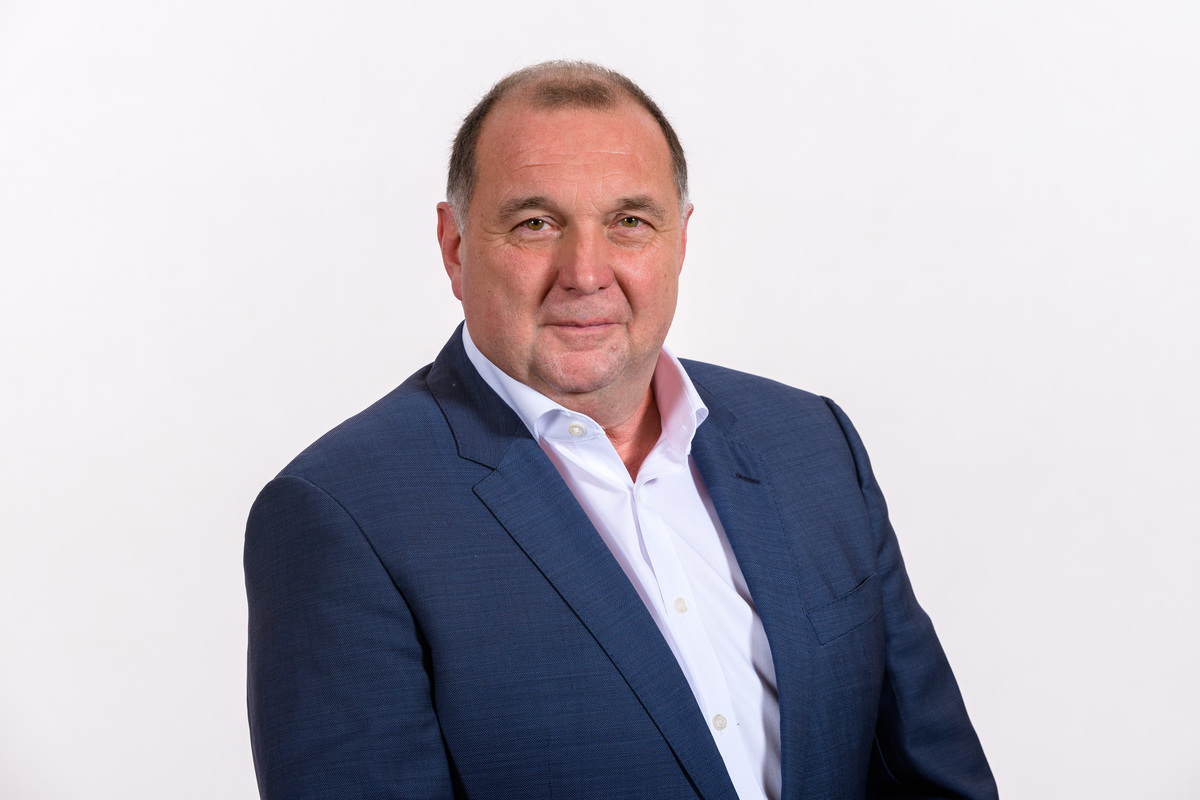In October 2025, Paradigm Tower Ventures finalised a $274.5 million acquisition of IHS Rwanda’s 1,465 telecom towers, marking the exit of IHS Towers from the country and the entry of a new, ambitious player. For Paradigm, co-founded by industry veteran Stephen Harris, Rwanda is the launchpad for a broader African infrastructure expansion strategy.
“We’ve been in discussions with IHS for about 18 months,” Harris told in an interview on Monday. “When they publicly announced their plan to raise half a billion dollars through asset disposals, it opened the door for us to move in. Rwanda stood out because of its high-quality assets, strong regulatory environment, and manageable operating challenges compared to many other African markets.”
Founded in 2019, Paradigm has already operated in Tanzania but sees Rwanda as the first market under its newly structured investor platform. Backed by British International Investment (BII), Proparco, and Convergence Partners, Paradigm’s strategy is to use the Rwandan operation as a base to expand across Sub-Saharan Africa.
For Harris, Rwanda offers a rare combination of opportunity and stability. “Compared to other markets, Rwanda doesn’t have the same power supply and security challenges,” he said. “90% of the towers are grid-connected, and grid reliability is around 96%. That’s a strong foundation for operational efficiency.”
Paradigm plans to build at least 250 new towers over the next few years to meet growing demand, particularly in underserved rural areas. “We’ve had productive discussions with the regulator,” Harris said. “They’re committed to improving connectivity and service quality, and we’re aligned with that vision.”
Financing and investor confidence
The acquisition was structured through a mix of equity and debt financing. Rand Merchant Bank (RMB) acted as the sole funder, mandated lead arranger, and advisor on the transaction, while BII, Proparco, and Convergence Partners joined Paradigm as equity investors.
According to Harris, the decision to work with RMB was strategic. “Not all international banks can lend into Rwanda,” he explained. “We structured the financing so that, over time, some of the debt will be refinanced through local Rwandan banks. That helps hedge against foreign exchange risk since our revenues are in local currency.”
BII’s Managing Director and Head of Technologies, Telecoms, and Sustainable Industrials, Abhinav Sinha, described the deal as part of BII’s long-term commitment to digital infrastructure on the continent.
“We’ve worked with Stephen for years,” Sinha told . “We see Paradigm as one of the few companies positioned to expand where others have slowed down. Towers are the backbone of digital connectivity, and Rwanda offers a solid nucleus from which to grow.”
Sinha added that the investment is designed not only to ensure commercial success but also to bridge Africa’s connectivity gaps. “There’s a coverage gap, yes, but also a quality gap,” he explained. “Our role as DFIs is to catalyse private capital, provide early confidence, and ensure the business remains viable and impactful.”
Why IHS exited and why Paradigm believes It can win
IHS Towers’ exit from Rwanda wasn’t due to underperformance. “They sold Rwanda not because it was weak, but because it was strong,” Harris said. “It was a valuable asset they could divest to raise capital efficiently.”
Still, Rwanda’s small market size — just over 14 million people with about 5.5 million broadband connections — presents economic limitations. Paradigm believes it can overcome these through efficient operations and strategic expansion.
“While Rwanda isn’t as large as Nigeria, it has strong digital growth,” Harris explained. “The government is progressive, data consumption is rising, and we see plenty of headroom for growth. Plus, the technology landscape has evolved; solar and battery innovations now make it viable to serve previously uneconomic rural areas.”
Harris added that the company is exploring solar-hybrid power systems for off-grid expansion and smaller, more cost-efficient tower designs. “The economics of shared infrastructure have improved. Equipment is more power-efficient, and batteries are cheaper. This allows us to roll out economically even in low-density areas.”
While Harris is tight-lipped about specific new markets, he confirmed that Paradigm is assessing several Sub-Saharan African countries for entry. “We have a clear investment criterion,” he said. “We look for markets with strong rule of law, viable mobile operators, and an enabling regulatory framework. If we can’t compete ethically or operate transparently, we won’t enter.”
He also emphasised the importance of working within markets that value the role of independent tower companies in reducing operators’ capital burdens. “Our model removes one of the biggest barriers for operators; passive infrastructure costs. That enables faster rollouts and broader connectivity.”
Affordability and the digital divide
As the largest tower company in Rwanda, Paradigm inherits both responsibility and opportunity. With broadband penetration at 38%, affordability remains a major barrier to digital inclusion.
“There are multiple layers to affordability,” Harris said. “Smartphones are becoming cheaper — you can now buy one for $30 — but we also need to ensure the networks that support them are cost-efficient. That’s why we’re investing in renewable-powered towers and smaller builds that lower operating costs.”
Sinha echoed the sentiment, highlighting how infrastructure investment feeds into economic growth. “Connectivity is a job creator,” he said. “We’ve seen people use mobile internet for trade, logistics, and access to information. Governments are starting to see digital access as a policy tool for economic development.”
For Paradigm and its investors, success will be measured both financially and socially. “If Paradigm can improve operational efficiency, increase tower tenancy, and expand sustainably into new countries, that’s a huge win,” said Sinha.
Harris’s own benchmark for success is in twofold; “to meet customer demand by building new sites where operators need them and to extend coverage to rural areas that remain unconnected. It’s about making connectivity universal, affordable, and sustainable.”












